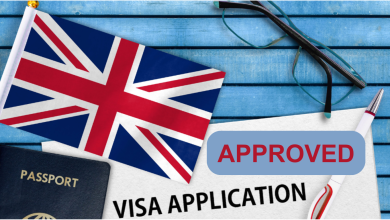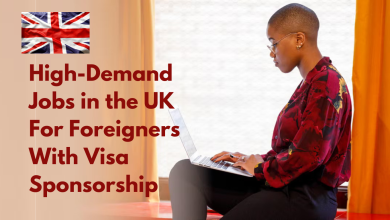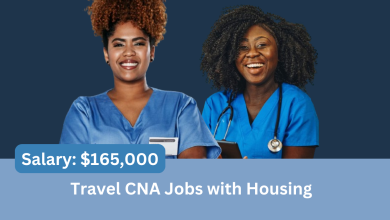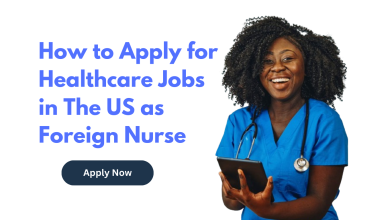US Work Visa Sponsorship for International Students
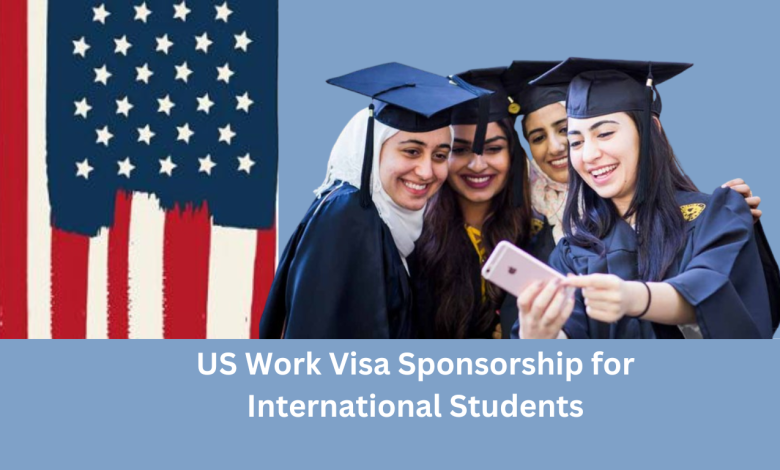
Leaving a job abroad and entering the US to seek jobs is a tough job but knowing about the work visa sponsorships can help you unlock many opportunities. Work visa sponsorship is one of the significant components if many international students want to find a job in this Country.
Whether you are still studying or preparing for graduation, understanding how you can make use of your student visa most especially in converting it into a working visa can make your dream of living in America come through. This article aims at assisting the international students to learn about the various work visas that one can apply for by highlighting the procedures involved, the incentives accorded to the applicants and practical ways that may enhance your likelihood of being hired by an employer who is willing to sponsor you for the required visa.
The United State’s F-1 Visa and Work Options Explained
For students studying within United States of America, the most utilized visa is the student visa known as F-1 visa. While it is largely meant for studying, the F-1 visa also provides the student with several opportunities to get employed during his or her study.
- On-Campus Employment: The F-1 students are permitted to do on-campus jobs during the term but not more than 20 hours per week and full-time when the term is off. These may comprise of jobs in the library or cafeteria services as well as research assistant services. These jobs are ideal as they do not require the applicant to seek for other work authorization in order to gain work experience.
- Optional Practical Training (OPT): OPT enables F-1 students avail employment in their area of study for a period of up to twelve months, either before or after completion of their program. Here for students in STEM fields additional work authorization for a total of up to 36 months is possible within 24 months extension.
- Curricular Practical Training (CPT): CPT is another program through which the F-1 students can pursue internships, cooperative education or any other type of training program that is related to the student’s area of study. While OPT is available for any student that meets the necessary criteria, CPT has to be a part of the chosen academic program and is frequently connected to the course or curriculum in question.
It is helpful to have this knowledge of the work options since they afford the students a chance to get employment while pursuing their learning in the US in anticipation of employment after the completion of the course.
Optional Practical Training (OPT)
One of the incredible rights granted me being an F-1 International student is the OPT commonly referred to as Optional Practical Training. With this OPT, the permit allows me to work in United States in a job which has a relation with your area of study, this makes it easier for me to put to practice what I have learn.
Majority of students, alike myself, prefer post completion OPT since it allows up to twelve months of full time working permit after graduation. Better still for those of us in STEM areas, one can apply for an extension to the period for up to 24 months thereby serving up to 3 years experience within the United States.
OPT require planning before one has to apply for it. to secure a visa, you must have to apply up to 90 days before your program end date while it may not be more than 60 days after your program is over. It is also required that the student secure an employment opportunity related with the major for which he or she applied within a period of 90 days from the commencement of OPT or else the work permit will be withdrawn. Among the things it entails is finding a job and being active in the search process right from the moment you begin your working career.
Curricular Practical Training (CPT)
Another useful possibility for me as an F-1 candidate is Curricular Practical Training or CPT for short. CPT stands for Curricular Practical Training and unlike to OPT it can be applied during a stay in a college unlike to OPT, that is applied normally after graduation. This training is usually related to your academic course and is mostly advisable for some programs or in some classes.
Thus, with CPT, you can have internships, co-op programs or some other form of a practical training that is aligned with your major. The major advantage of CPT versus OPT is that CPT has to be related to a curriculum you’re following. What this means is that the work you do through CPT is normally in exchange for academic credit and it is frequently required.
As one of the advantages of CPT, I then decided that there is no restriction on how long you can be in CPT if it is to be associated with your academic program. But whether you are a full-time CPT or over 20 hours per week, more than 12 months I will lose your OPT. This makes it crucial especially that I devote considerable time to properly assess your work experience while also aligning myself with what may be your ultimate career trajectory.
Transitioning to an H-1B Visa
To obtain the H-1B visa you have to have sponsorship of an employer in the United States which means that I have to find an employer who is willing to sponsor me, your employer has to petition on your behalf and because of the annual cap the filing should be done earlier in the year because if the applications exceed the cap then there is a lottery system.
The way to achieve a smooth transition is to let your OPT either secure an offer of employment or even before the OPT is granted. The H-1B visa, for instance, can only be sponsored by your employer, and your chances of the employer sponsoring your visa are high if I have demonstrated your worth through OPT or CPT. After getting the job offer, the employer will submit the H-1B petition in April, if it’s approved, one can begin working on H-1B visa in October.
Although H-1B might be somewhat competitive it remains as a pivotal process of extending one’s profession in the United States. The experience you gained through OPT and CPT, combined with networking and targeted job searches, will improve your chances of finding an employer willing to invest in your future.
FAQs
What is The Differences Between Between OPT and CPT Program?
OPT is normally used once one graduates and allows up to 12 months (or 36 months in the case of STEM fields) of employment in the student’s field of training. CPT on the other hand is related with the course of study and enables one to have practical experience while still studying.
How Can You Employers that are Willing to Sponsor an H-1B Visa.
To begin with, OPT period requires you to work in companies that have previously provided sponsorship to the H-1B visas. Other methods of finding potential sponsors include networking, going for career fairs, and making use of the university career center.
What You Need to do if Your H-1B visa Application is not Selected?
If your H-1B application is denied lottery, there are other available visas, e. g. visa for those intending to work in exceptional capacity in the filed of arts, athletics, education or business, or if can find another way of continuing your study, you can apply for an F-1 visa to extend your stay.
How to Find a Company that Will offer You Employment With a Visa Offer?
Use a clear font and single space your resume, emphasize skills that need to be developed because they are in high demand, find industries that employers recruit international students to, and use the social professional network such as linkedin to find business networks and attend industry related business events.
